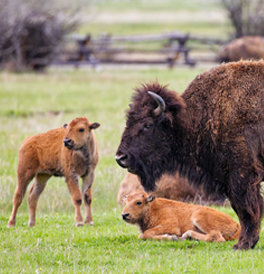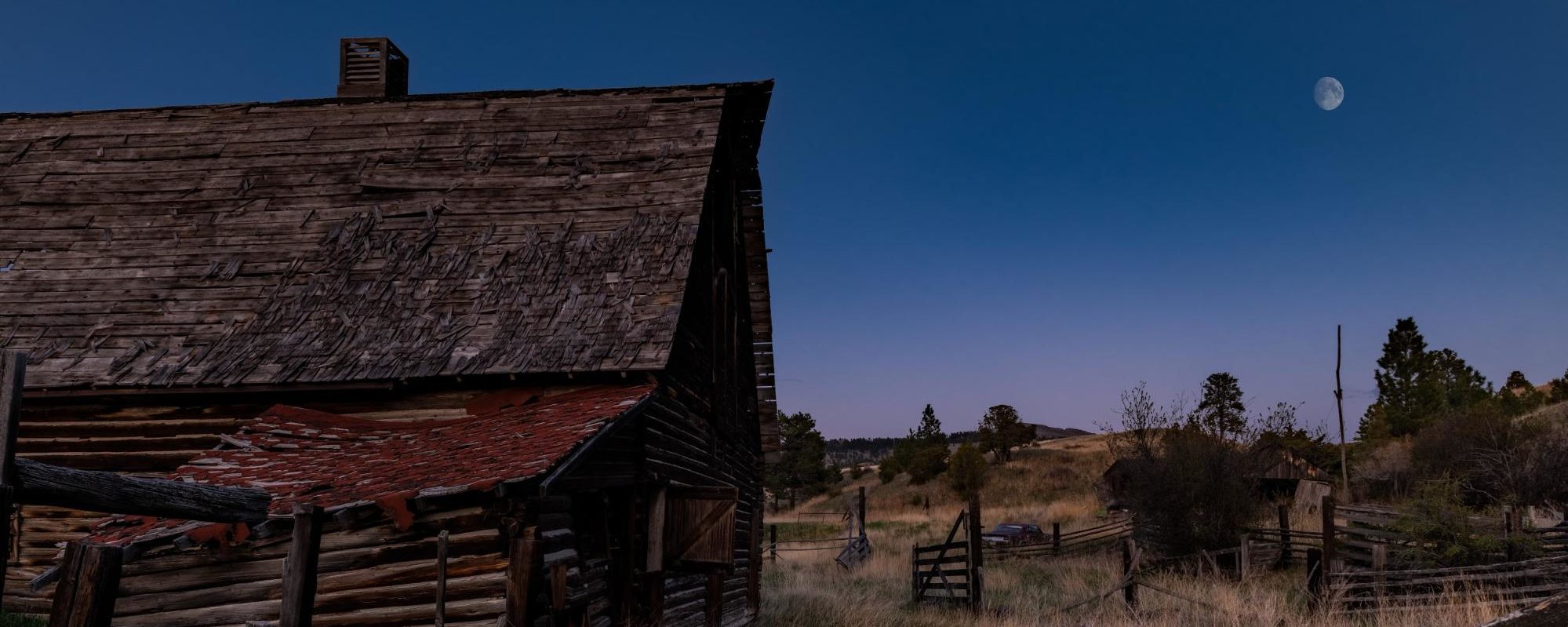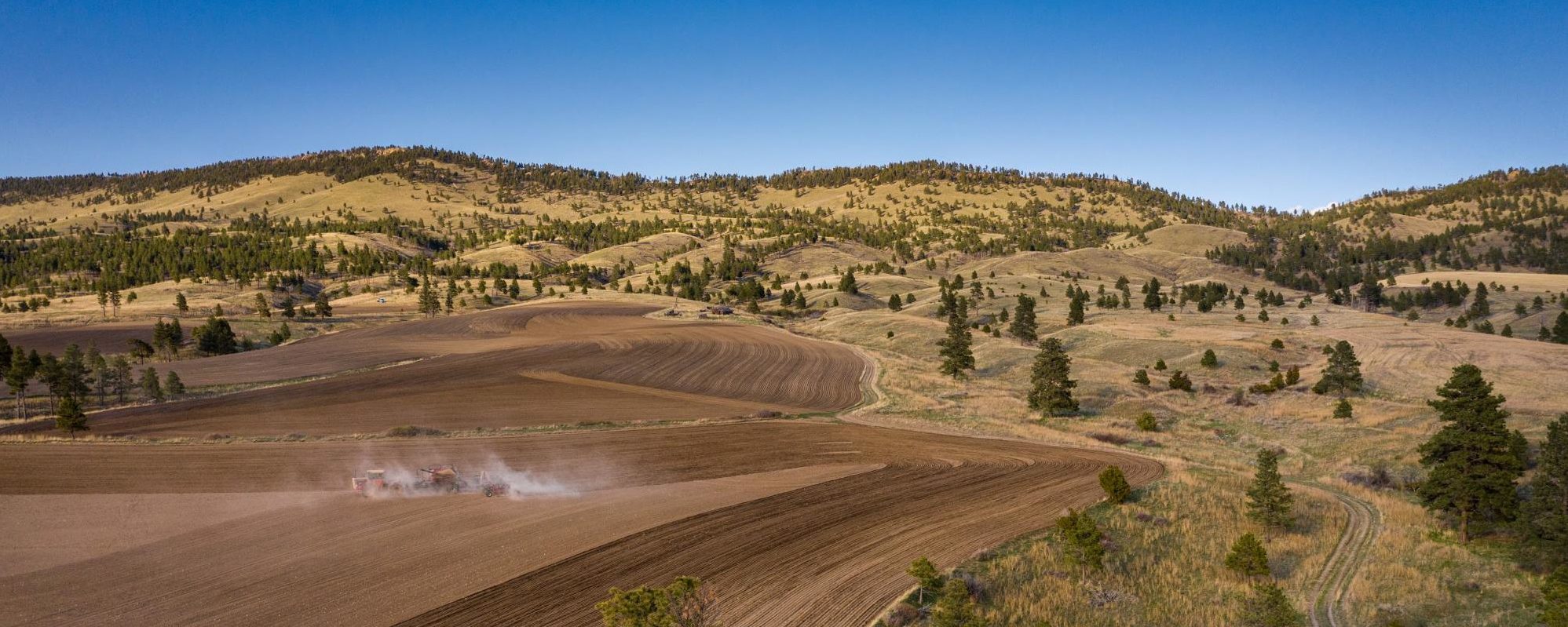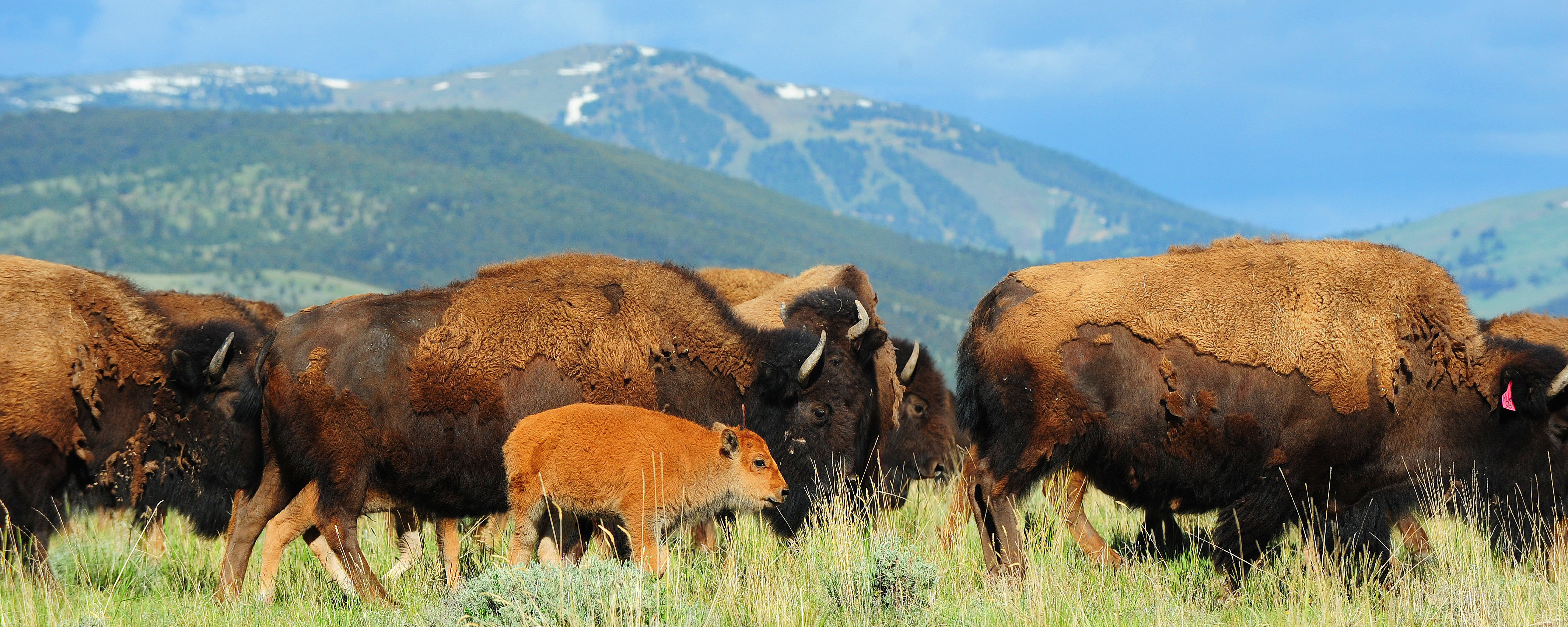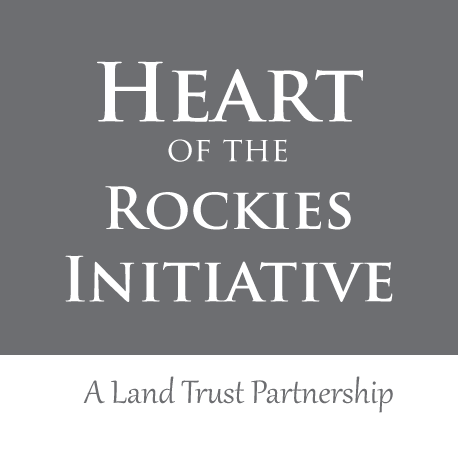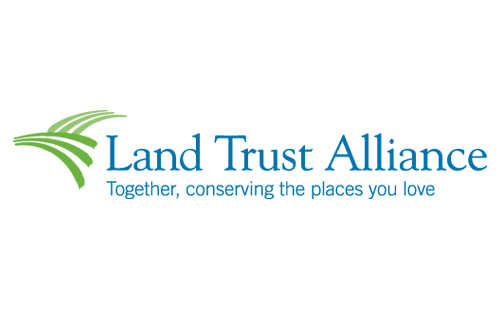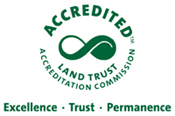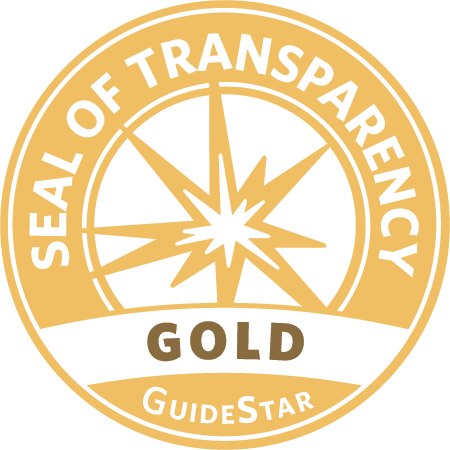Land Conservation
In order to truly fulfill Prickly Pear Land Trust’s mission to connect future generations with land, water, and open space, our work can’t stop at the public land border. PPLT takes great pride in our efforts behind the scenes with private landowners—work that provides tools to working farms and ranches to protect open space and the lands and waters they depend on. To date, PPLT has protected more than 10,00 acres in conservation easements in four counties and we have more on the horizon. Conserving private land requires a certain commitment and dedication to something bigger than ourselves, particularly on the part of the private landowner. It’s some of the most important and longest lasting work PPLT does.
What is a Conservation Easement?
A conservation easement is a voluntary legal agreement between a landowner and a qualified conservation organization, like Prickly Pear Land Trust, designed to permanently protect the conservation values of the land. These values include clean water, wildlife habitat, and working farms and ranches. Conservation easements function by limiting the development potential of a property, and this transfers to all future landowners, meaning the land will remain open for generations to come. Each agreement is unique, tailored to meet the needs of the landowner and the special qualities of the land. Landowners who place a conservation easement on their property continue to own the land and are free to carry on traditional land uses, sell the land, or pass it on to their heirs.
The Public Benefits:
- FOOD – Montana is a major player in our nation’s agricultural sector and through conservation easements, we can secure working lands of an appropriate scale to meet growing food production needs. Farmers and ranchers are innately conservation-minded too, as their bottom lines depend on their ability to be natural resource managers–what’s good for the land is good for them.
- WATER – Keeping waterways and floodplains open and free of residential development means our rivers and streams can function naturally, which limits flood damage to homes, and keeps our drinking water safe.
- HABITAT – Montana’s most inspiring species–elk, bear, lynx, owls, wolverine, cutthroat trout, mountain lions, grouse, wolves–live large portions of their lives on private lands and depend on those lands for shelter, food, breeding, and migration corridors. Private land conservation expands the availability of large, connected tracts of critical habitat.
- PLAY – While all conservation easements add value to our public lands by supporting ecosystems and buffering them from flood and wildfire, a number of private landowners allow for public hunting, fishing, birdwatching, and even biking and trail running.
Landowner Benefits:
- PLANNING – Conservation easements can be a useful tool, both in providing predictability about future uses of the land, ensuring that the property can be passed on, intact, to future generations, and in estate planning, by potentially lowering estate taxes.
- FINANCES – Tax benefits are also possible when conservation easements are donated, which can be very helpful for some families. Certain circumstances also allow for the purchase of conservation easements, which can provide needed financial security to active ranching, farming, and timber operations.
- LEGACY – The likelihood of maintaining our large floodplains, open fields, and forested hillsides becomes exponentially more remote as property is divided over time, and development pressures increase. Nationwide, we lose three acres of agricultural land every minute, and private forests and wildlife habitat are shrinking as well. Easements allow landowners to buck that trend and instead pass on a gift of open space and wild landscapes to future generations of Montanans.
A Continuing Partnership
Even when deeds are signed and filed, and conservation easements are recorded, it’s not yet “conservation done.” Every field season, PPLT stewardship staff return to each easement property. We’re there to ensure the agreed-upon conservation values are being protected, and just as important, to build on our partnerships with the landowners and act as a resource for them. It’s something we look forward to each year.
Prickly Pear Land Trust’s Role
In Prickly Pear Land Trust’s view, keeping Montana as the last best place will only happen through intentional efforts to keep the land open and by pursuing and maintaining partnerships with those that care for that land. Our role at the Land Trust is to offer tools in our region, to encourage land conservation that will benefit our communities—our incredible outdoor heritage, recreation, wildlife, and agricultural legacy that defines Montana. Through PPLT’s private lands program, our partners are ensuring that wildlife, farming, and ranching have a place in Montana’s future.
Land Acknowledgment
As an organization committed to the healing and connection to the lands and waters where we live, Prickly Pear Land Trust acknowledges, with honor and respect, the Indigenous Nations on whose traditional territories the greater Helena community now stands and whose historical relationships with the land continue to this day. Our work stretches across the Jefferson, Powell, Lewis and Clark, and Broadwater Counties spilling over into Meagher and Cascade counties as well. This area includes the Prickly Pear Valley, Boulder River Basin, Upper Missouri River watershed, Big Belt Mountains, Little Blackfoot Valley, Elkhorn Mountains and a long stretch of the Continental Divide. Prickly Pear Land Trust recognizes that this land is the traditional land of the Blackfeet, the Salish, the Kootenai, the Métis/Little Shell Chippewa, the Crow, and the Shoshone. The indigenous nations who inhabited these lands and continue to their connection with this ground, these waters, and all life found in these spaces always have and will always be the original stewards of the land.
Acknowledgment of the indigenous nations and their lasting connection to the land is an important practice that promotes indigenous visibility and a reminder that we are on settled indigenous land. Prickly Pear Land Trust commits to adapting and evolving our work as we continuously work to include and support Native voices in our mission to connect land and people. We invite you to join us in this ongoing conversation and actively support tribal communities/organizations across the greater Helena Valley and Montana at large.
Potter Ranch Conserves Vast Landscape
The Potter Ranch, PPLT’s largest and most visible Conservation Easement to date, protects the Spokane Hills-an excerpt from PPLT's 2020 summer newsletter.
Conservation easement tapping open space bond proposed for Helena-area ranch
Helena Independent Record Coverage:Lewis and Clark County considers PPLT ranch project for open space bond funding.
Protecting Montana’s Heritage
PROACTIVE RANCHERS SAVING WILDLIFE’S LAST BEST PLACE - an excerpt from PPLT's 2019 fall newsletter.
DONATE TODAY
Help us continue to pass on this natural blessing.
